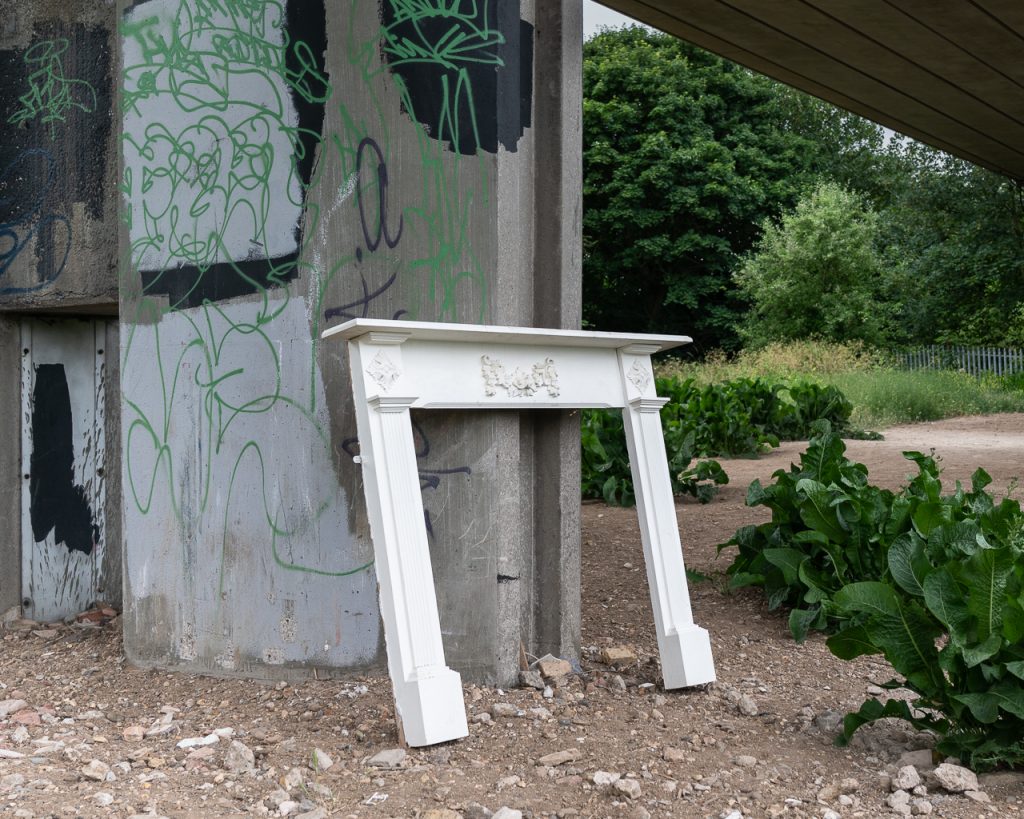If we accept the proposition that the meaning is created in the reading of the text/image (a key premise of semiotics and phenomenology) then it is not tenable to think of a photograph as lying. As Richard Rorty, like Peirce grounded in American pragmatism, but with a dusting of late Wittgenstein and continental philosophy, states:
‘Truth cannot be out there—cannot exist independently of the human mind—because sentences cannot so exist, or be out there. The world is out there, but descriptions of the world are not. Only descriptions of the world can be true or false. The world on its own—unaided by the describing activities of humans—cannot.’ (1989: 5)
Of course, photographers can construct images with the intention of deceiving, and others can use images for purposes for which they were not intended. This aspect of human agency relates not to epistemology (what counts as truth) but to ethics.
The disqualification of Jose Luis Rodriguez from the 2009 Wildlife Photographer of the Year award is grounded not in the artifice of the image but in the (knowing or unknowing) breaking of the (tacit or explicit) rules of the game: it is not that the photograph lies, but that the photographer transgresses in depicting a trained rather than wild animal.
If the making of meaning lies ultimately with the reader, then the maker will seek more effective modes of transmission (if they have a message to convey, or an intention to realise). And photography will constantly thwart the desire for a neutral relay (as all modes of communication must, but the disappointment in photography’s failure is amplified by the anticipation of indexicality). Construction can act as a means to enhance the possibility of the achievement of intention. Jeff Wall’s reconstruction of a fleeting observation in ‘Mimic’ amplifies a passing racist gesture.

Jeff Wall, Mimic, 1982.
Peter Kennard, through the use of montage (the most overt form of construction, maybe), sees himself as ‘researching reality’ which ‘involves ripping photographs out of their context to bring the perpetrators of war and poverty slap bang into the same space as their victims’ (Kennard in Read and Simmons, p.vii), thus challenging the viewer in their meaning making.

Peter Kennard, Prevent Street Crime, 1983.
These, and the constructions featured in the presentation, create scenarios designed to enhance the engagement of the viewer through a variety of means (for instance, incongruity within the image, resonance and dissonance, the evocation of the uncanny, the exploration of the imaginary). They are fictions in that any two dimensional rendering of the world at a moment of time in a particular material or digital form is a fiction, with variation in the strength, quality and integrity of intention, awaiting reanimation through the engagement of the viewer.
In my own image making I tend to seek incongruity, in the ironic juxtaposition of the natural and the human, for instance.

Or rendering settings in unfamiliar or incongruous modes (the coal port as romantic seascape).

Or through the juxtaposition of images in grids, triptychs or other configurations. All constructions and fictions of sorts; small steps on the way to enhancing the potential of the images to focus and amplify meaning through the engagement of the reader, with a long way to go.
References
Rorty, R. 1989. Contingency, Irony, and Solidarity. Cambridge: Cambridge University Press.
Read, M. & Simmons, S. 2016. Photographers and Research: The role of research in contemporary photographic practice. London: Routledge.
